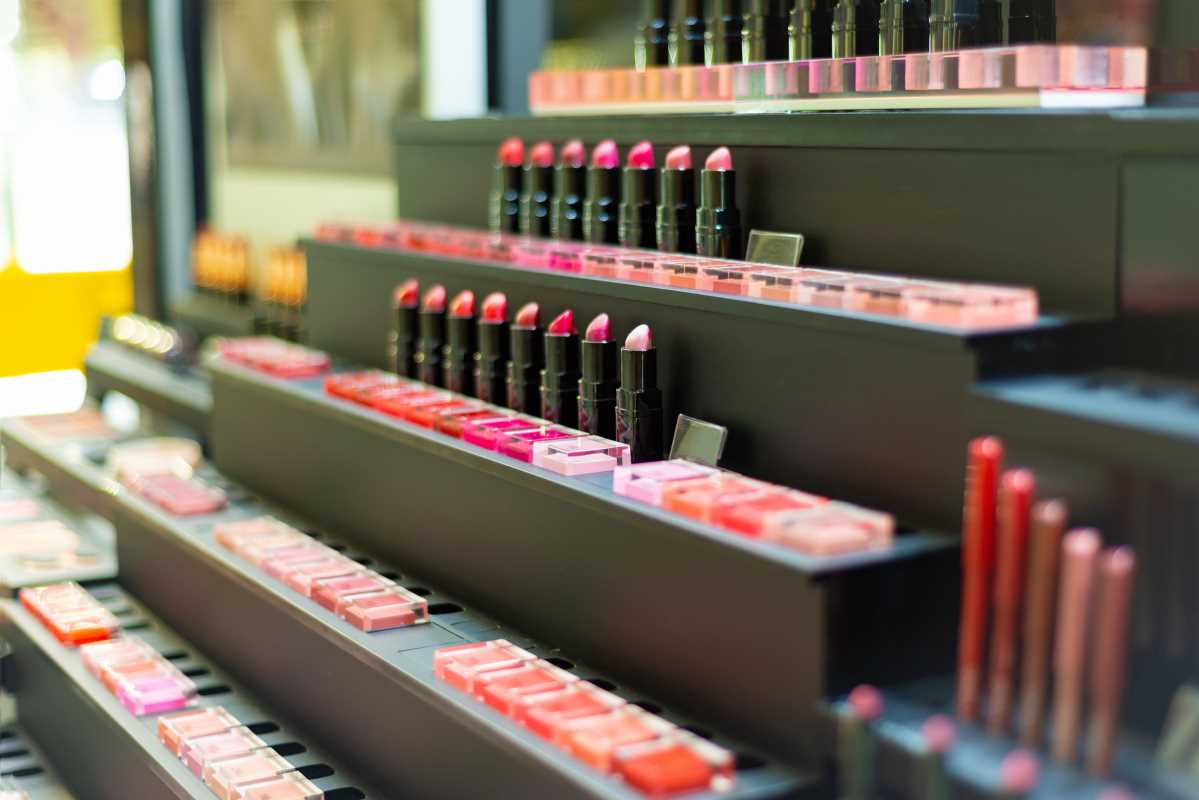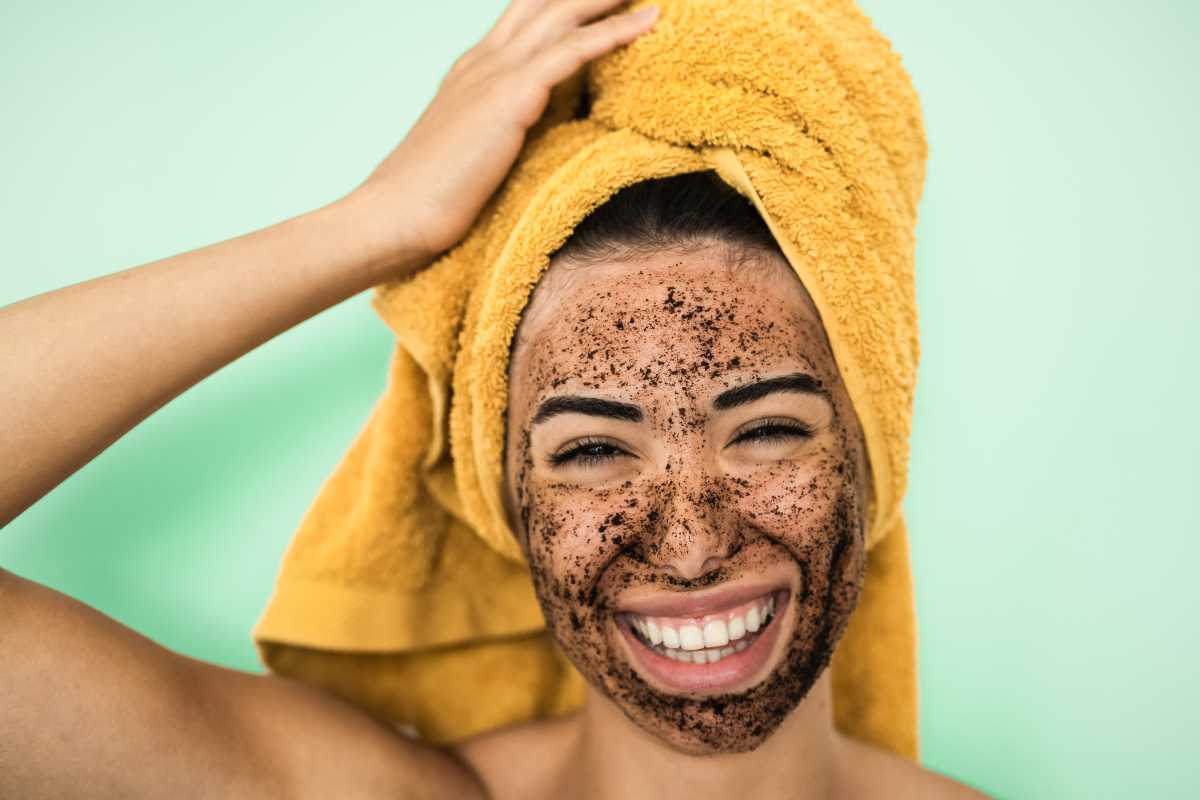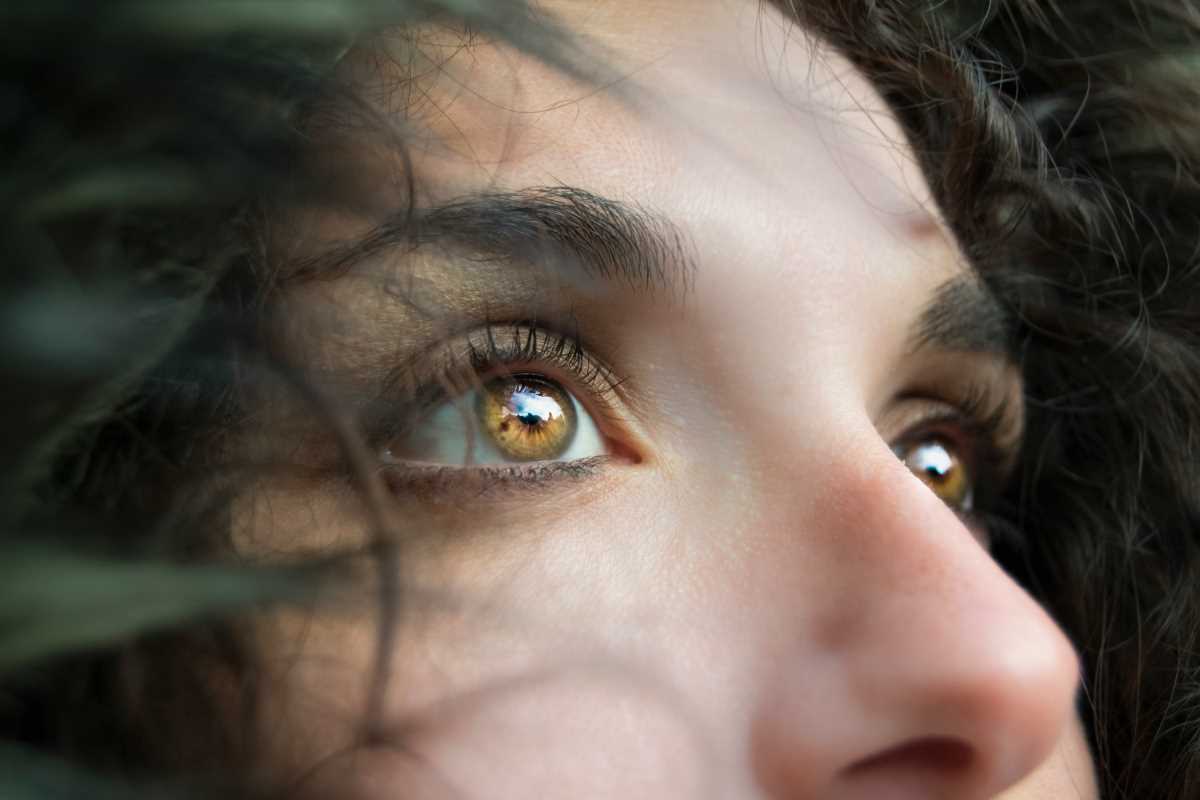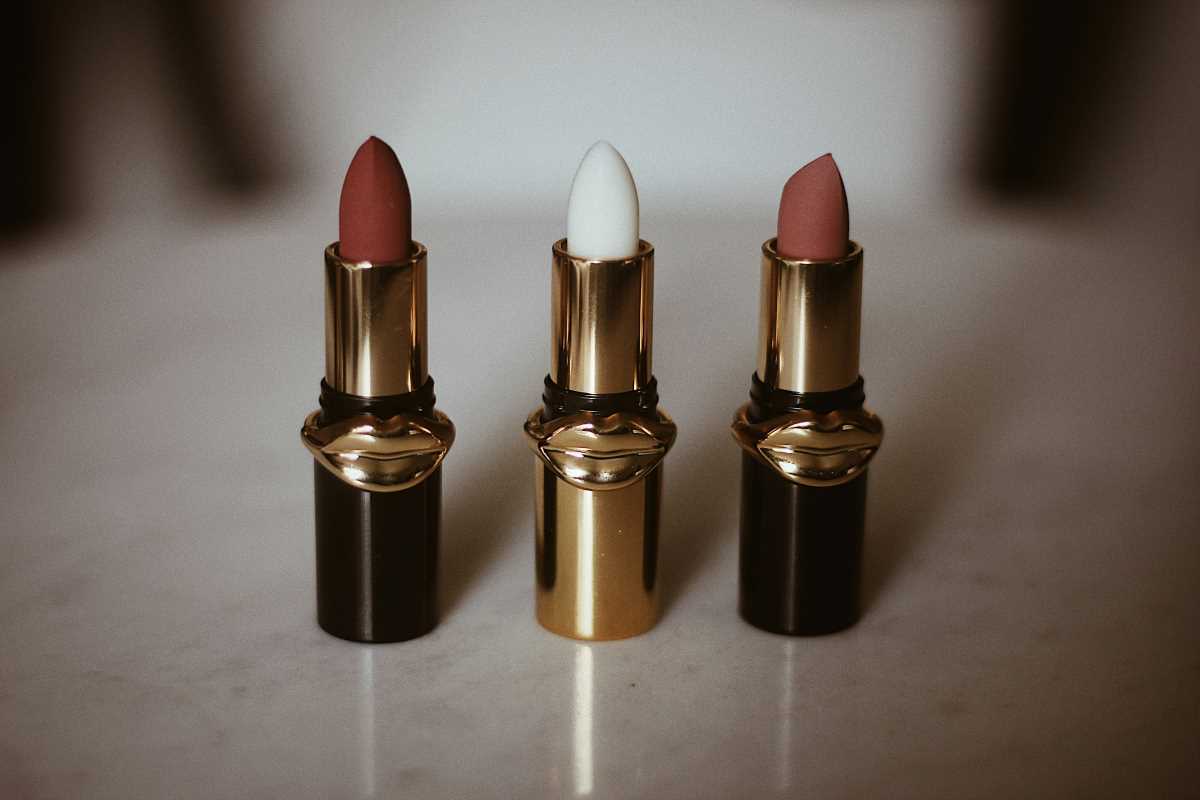You’ve probably heard the warnings about UV rays damaging your skin, but what about blue light? It’s not just something that disrupts your sleep or makes your eyes feel tired. It turns out that blue light exposure can affect your skin, too. But before you panic about your screen time, it’s important to separate fact from fiction. While blue light from devices poses some risks, the real issue lies in how much exposure we get from both screens and sunlight. Thankfully, there are ways to protect your skin and keep it looking its best. From understanding exactly what blue light does to introducing simple protective measures, we’ve got all the answers you need to meet this new skincare challenge with confidence.
What Is Blue Light and Where Does It Come From?
Blue light is part of the visible light spectrum (think of the colors in a rainbow). It has a shorter wavelength and higher energy than other colors, like red or yellow. While the main source of blue light is the sun, it’s also emitted by artificial sources like LEDs, fluorescent lights, and the screens of your devices, including phones, computers, and TVs.
Now, here’s the truth about blue light from screens. Compared to sunlight, the intensity of light from your devices is far lower. This doesn’t mean you should ignore it altogether, but it’s important to note that the larger concern for your skin comes from natural sunlight exposure rather than endless TikTok scrolling.
Blue light does serve some positive functions, like improving mood and helping regulate your sleep-wake cycle during the day, but excessive exposure during the night (or for prolonged periods) can throw things off, including how your skin functions.
How Does Blue Light Affect Your Skin?
The effect blue light has on skin health depends largely on duration and intensity of exposure. While blue light doesn't penetrate majorly deeper than UV rays, research shows it does enter the skin layers and can cause some negative effects.
Here’s how it can impact your skin over time:
1. Contributes to Premature Aging
Blue light exposure can create free radicals in the skin. These unstable molecules damage healthy skin cells, leading to oxidative stress. Over time, this process breaks down the collagen and elastin in your skin, leading to fine lines and loss of firmness.
2. May Worsen Hyperpigmentation
For those with melanin-rich skin, blue light appears to trigger excess melanin production, leading to the development or worsening of dark spots like melasma and hyperpigmentation. While this doesn’t happen to everyone, people with darker skin tones may be more susceptible.
3. Can Disrupt the Skin Barrier
Blue light exposure might contribute to dryness and irritation over time, weakening your skin barrier. This can leave your skin looking dull and more prone to sensitivity.
4. Oxidative Stress Buildup
The cumulative effect of blue light exposure, particularly if you spend a lot of time outdoors or in front of screens without protection, is what makes this an emerging concern in the world of skincare.
The Science Behind Blue Light Protection
Can skincare products really stand up to something as powerful as light? The answer is yes—with the right ingredients. Think of blue light protections as a supplement to sunscreen, designed for a broader range of light sources. Unlike UV-blocking products, which target invisible ultraviolet rays, blue light-protective products are formulated to tackle high-energy visible (HEV) light.
Key ingredients in blue light-focused skincare include:
- Antioxidants (like Vitamin C, E, or Niacinamide): Antioxidants neutralize free radicals created by blue light and can reduce inflammation. They also have brightening effects, making them a great choice if pigmentation’s a concern.
- Iron Oxides: Found in tinted sunscreens and some BB creams, iron oxides act as a physical barrier by reflecting and scattering visible light, including blue light.
- Botanicals (like Algae or Turmeric Extract): These plant-derived ingredients have natural antioxidant properties, helping to calm inflammation while reducing oxidative stress.
- Hyaluronic Acid: While this ingredient doesn’t directly protect against blue light, it’s essential for keeping your skin hydrated and repairing a weakened skin barrier, which blue light can disrupt.
Why Blue Light Protection Matters
It's not necessary to completely overhaul your skincare routine to tackle blue light. But building small, blue light-specific steps into your skincare routine can make a big difference, especially if you’re often glued to a screen or spend lots of time outdoors.
Occasional exposure to blue light from screens isn’t enough to cause significant damage, but consistent exposure adds up. Pair that with sunlight, and the effects can accelerate. For fresher, healthier skin both now and in the long-term, some level of blue light protection is worth considering.
Practical Tips for Everyday Blue Light Protection
Adding blue light protection to your routine doesn’t have to be complicated. Here are some simple steps to help you get started:
Layer on Antioxidants
Start your skincare routine with a vitamin C serum or niacinamide product in the morning. These will combat free radicals while giving your skin an added glow.
Use Tinted Sunscreens
Choose a broad-spectrum sunscreen that offers UV and visible light (including blue light) protection. Tinted formulas containing iron oxides offer extra coverage for minimizing blue light damage.
Take Hydration Seriously
Keep your skin hydrated with serums or moisturizers containing hyaluronic acid. A well-moisturized skin barrier is stronger and better equipped to bounce back from stressors like blue light.
Check Your Device Settings
Enable blue light filters or “night mode” on your devices. It reduces blue light intensity and is easier on your skin and eyes, especially during nighttime hours.
Minimize Sunlight Exposure
With the sun being the most significant source of blue light, daily sunscreen use is crucial, even indoors near windows. Consider a hat or sunglasses if you’re spending time outside.
Don’t Skip Breaks
Step away from your devices regularly. The 20-20-20 rule (look 20 feet away for 20 seconds every 20 minutes) reduces strain on both your eyes and skin.
At the end of the day, protecting your skin is about balance and longevity. By understanding blue light’s impact and taking preventative steps, you can help your skin thrive now and in the future. After all, healthy, glowing skin fits into every kind of screen time!
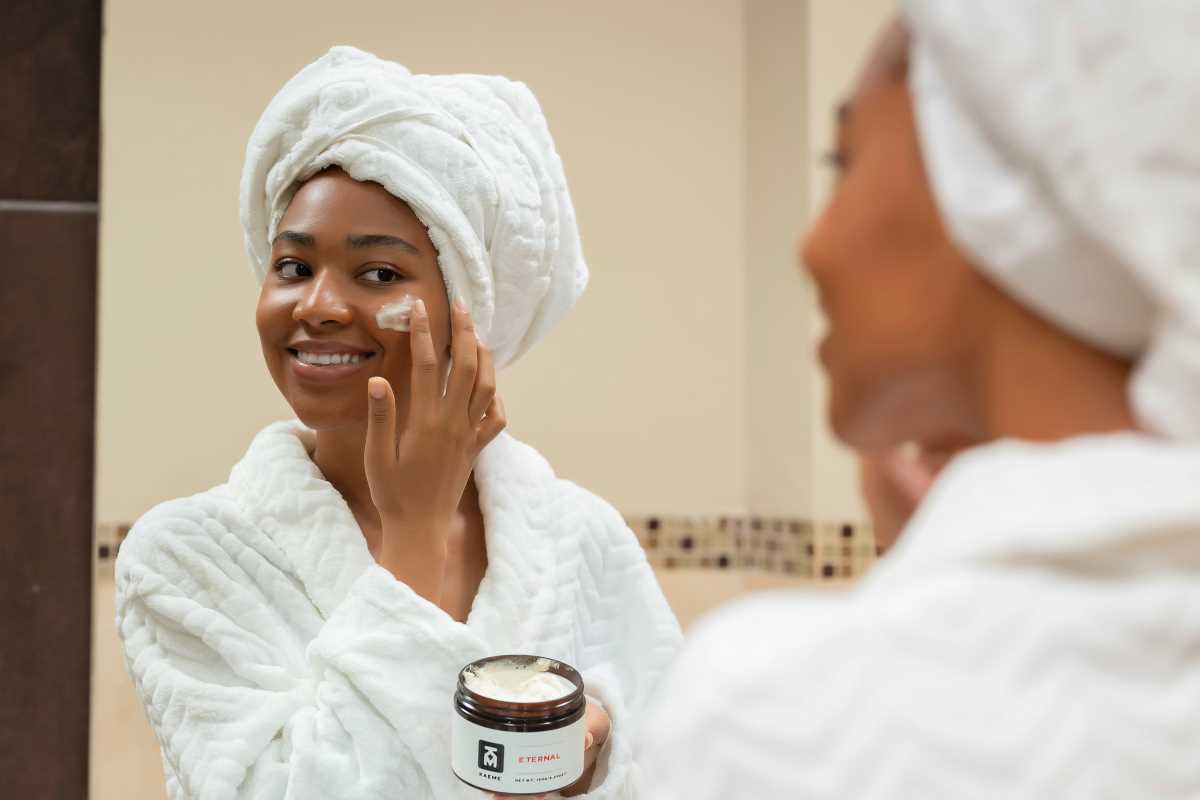 (Image via
(Image via